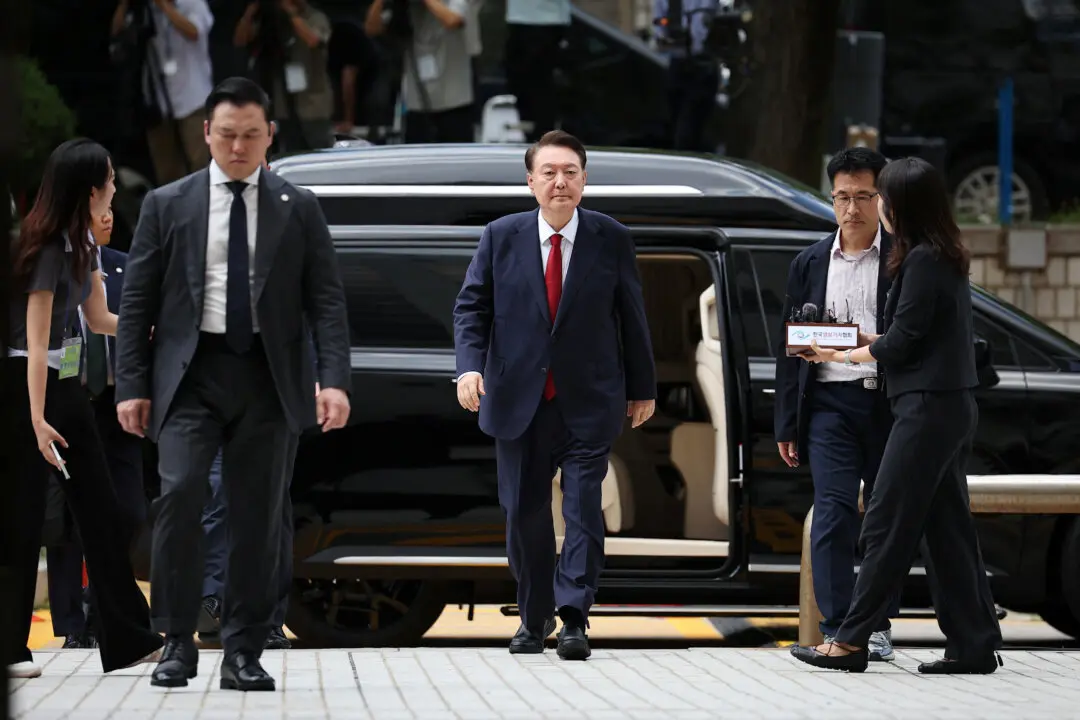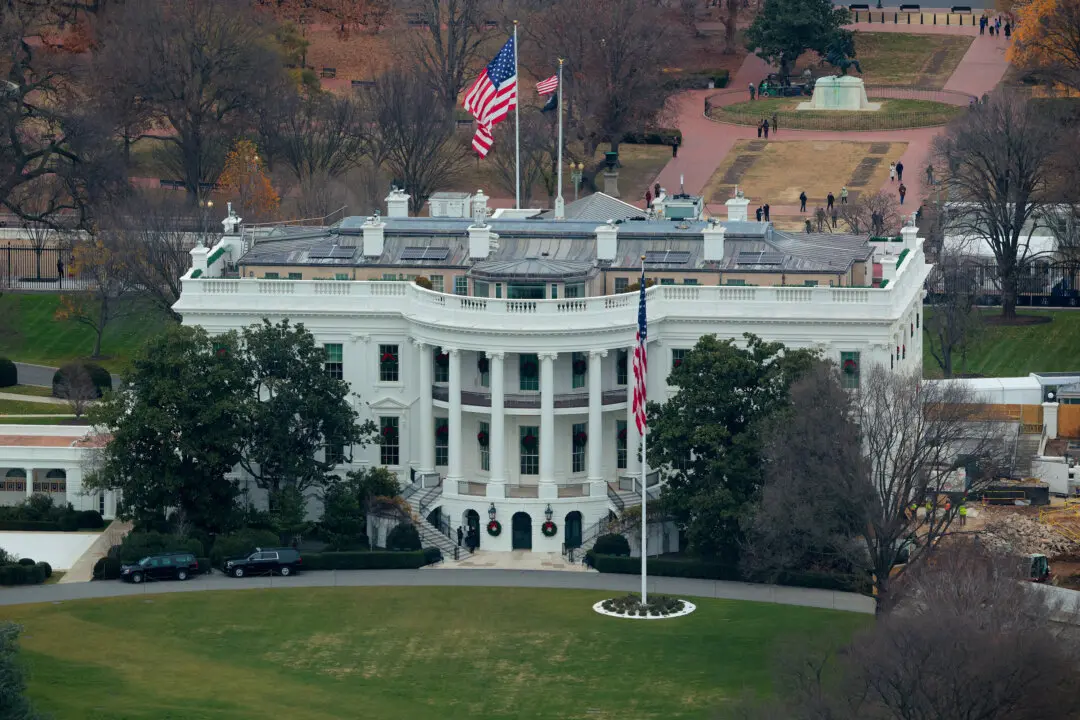BEIJING—Factory activity in China shrank for the sixth straight month in October and by more than expected, while service sector growth eased as firms grapple with the weakest economic growth in nearly 30 years.
The world’s second-largest economy is facing heightened risks from slowing global demand and the Sino-U.S. trade war, adding pressure on policymakers to roll out more stimulus to avoid a sharper slowdown and bigger job losses.





